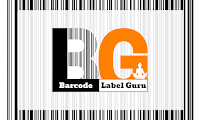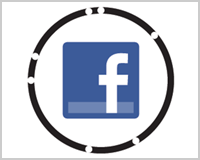
I remember a time when truncating the UPC bar code on the cover of a magazine was a huge coup. Taking the huge, lumbering code, which took up too much real estate on the cover of a publication, was bothersome and affected the design space. Cutting the bar code by half, in height and width, was celebrated as a major advance in the much-needed item used for scanning the price by, at best, only half the retailers, seems so petty and foolish now. When printers discovered you didn’t need to place the codes on white boxes, we rejoiced at not having the little lines popping out on what were beautiful covers, interrupted by alien chunks of absurdity. Again, it seems odd no one had discovered this fact for all the years bar codes had been used. When we discovered that we could play with the bar codes, making fun little designs and jokes; we wondered why something so simple had escaped us for so long. We reveled in the design challenge of playing with the codes while still keeping them functional. 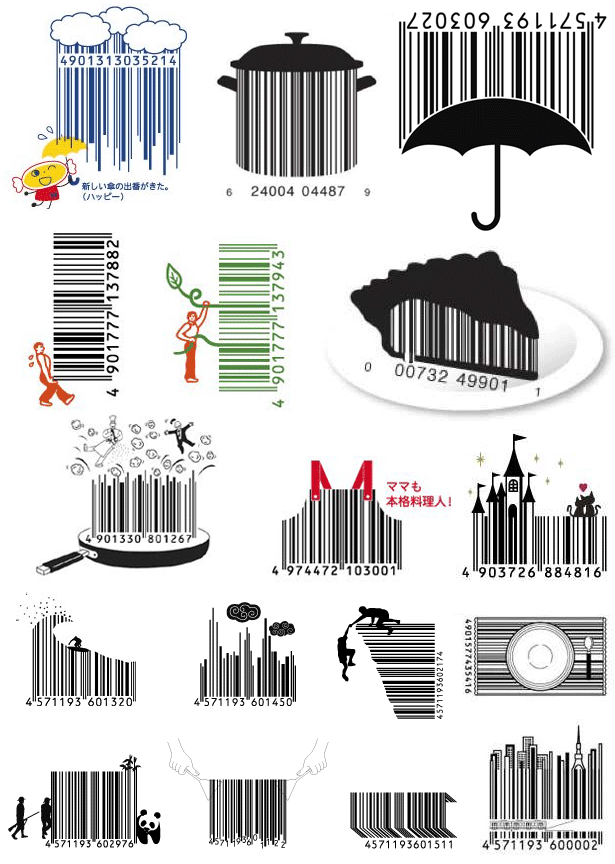 Not long ago The QR Code appeared and changed instant information access via a scanner. Created by Toyota subsidiary, Denso Wave in 1994 to track vehicles during the manufacturing process, they didn’t enforce their patent and everyone has been able to generate their own codes for private and professional use. The little black squares that reminds people of a crossword puzzle, very much like the bar code, was quickly evolved to show the capabilities of a 30% error correction rate when people started designing the codes to accommodate logos and other information (read more here on our article on QR design).
Not long ago The QR Code appeared and changed instant information access via a scanner. Created by Toyota subsidiary, Denso Wave in 1994 to track vehicles during the manufacturing process, they didn’t enforce their patent and everyone has been able to generate their own codes for private and professional use. The little black squares that reminds people of a crossword puzzle, very much like the bar code, was quickly evolved to show the capabilities of a 30% error correction rate when people started designing the codes to accommodate logos and other information (read more here on our article on QR design). 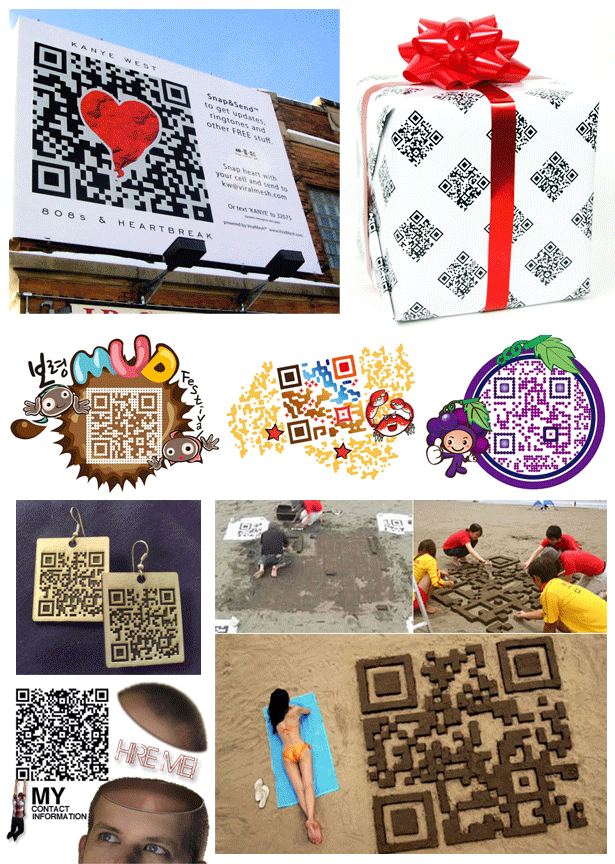
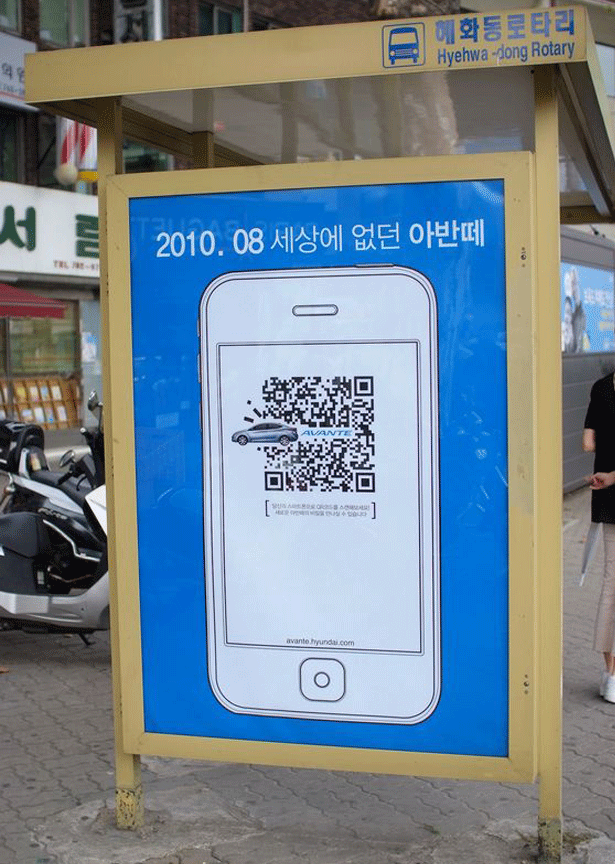
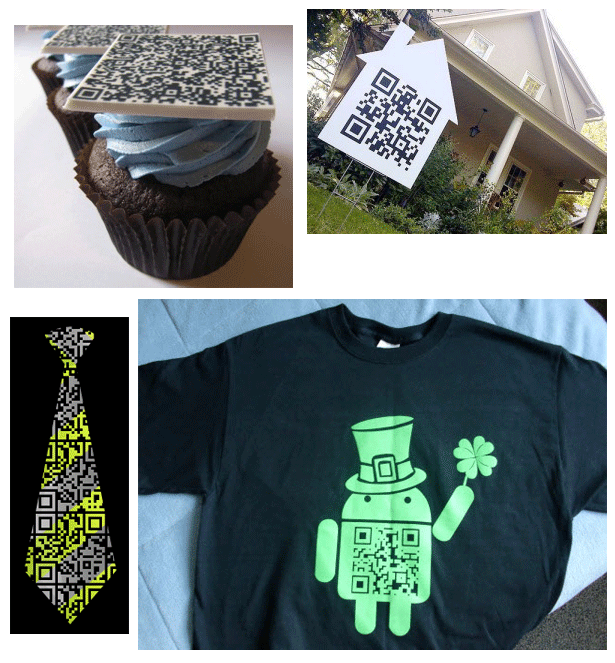
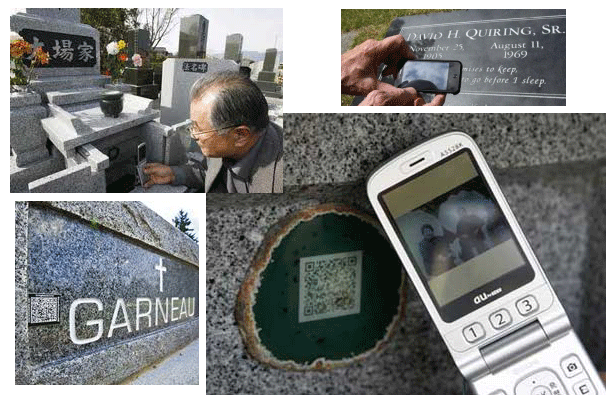 As always, technology marches on. The newest roadside diner on the digital highway is the SnapTag. SnapTag technology is really no different than a QR Code with a couple of exceptions: Consumers with either a standard or smart camera phone can snap and send a picture of the SnapTag to a designated short code or scan the SnapTag using a SnapTag Reader App to instantly access offers, content, promotions, and information whereas the QR Code needs a smart camera phone with a reader app. By driving activation via text or e‑mail the SnapTag adds a CRM element that can then drive a mobile opt-in vs. simply sending a user to a pre-determined location via a QR code, which will also make analytics easier to track. The second thing is; SnapTags are not free. The Social SnapTag is the product of Denver, CO-based SpyderLynk, whose focus is “connecting brands with mobile marketing opportunities.” SnapTags are rings, with visual information aligned in a pattern of bars and breaks, that tell a reader app what content to pull up. And where the SnapTag is unique is that each tag also has an SMS short code, so people who don’t have smart phones can send and receive text messages that will connect them with a campaign. The SnapTag is a technology that rivals the QR code, but offers specific benefits to marketers who want to reach specific users and demographics through targeted campaigns. Unlike Denso, Spyderlynk is not about to let the technology be generated all over the web for anyone to use. There’s no denying that the SnapTag is a better looking version of the QR code, because its simple ring wraps around a company’s logo, for automatic visual recognition. Marketers who are using SnapTags would probably agree, along with other differences. Whether inside the ring or outside, the design capabilities are easier than the QR Code.
As always, technology marches on. The newest roadside diner on the digital highway is the SnapTag. SnapTag technology is really no different than a QR Code with a couple of exceptions: Consumers with either a standard or smart camera phone can snap and send a picture of the SnapTag to a designated short code or scan the SnapTag using a SnapTag Reader App to instantly access offers, content, promotions, and information whereas the QR Code needs a smart camera phone with a reader app. By driving activation via text or e‑mail the SnapTag adds a CRM element that can then drive a mobile opt-in vs. simply sending a user to a pre-determined location via a QR code, which will also make analytics easier to track. The second thing is; SnapTags are not free. The Social SnapTag is the product of Denver, CO-based SpyderLynk, whose focus is “connecting brands with mobile marketing opportunities.” SnapTags are rings, with visual information aligned in a pattern of bars and breaks, that tell a reader app what content to pull up. And where the SnapTag is unique is that each tag also has an SMS short code, so people who don’t have smart phones can send and receive text messages that will connect them with a campaign. The SnapTag is a technology that rivals the QR code, but offers specific benefits to marketers who want to reach specific users and demographics through targeted campaigns. Unlike Denso, Spyderlynk is not about to let the technology be generated all over the web for anyone to use. There’s no denying that the SnapTag is a better looking version of the QR code, because its simple ring wraps around a company’s logo, for automatic visual recognition. Marketers who are using SnapTags would probably agree, along with other differences. Whether inside the ring or outside, the design capabilities are easier than the QR Code. 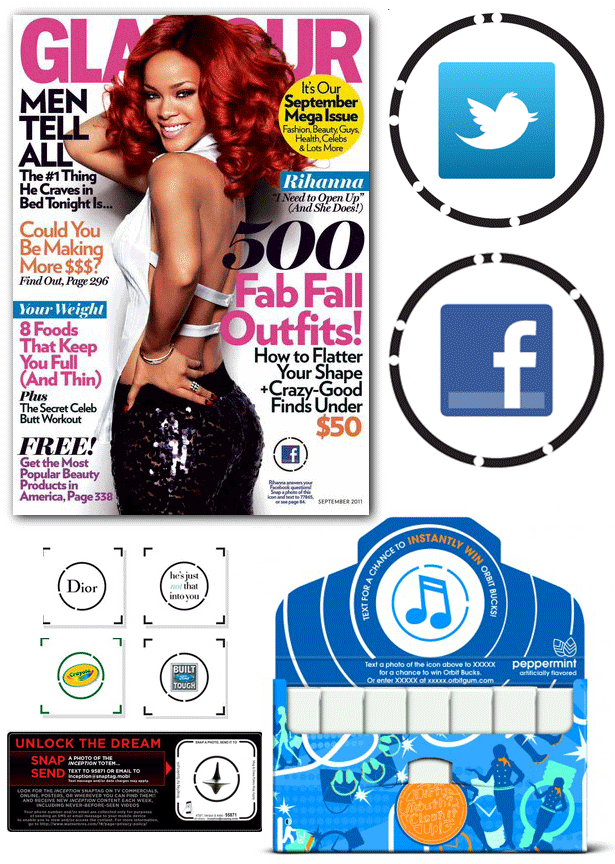 While marketers may be in a rush to capitalize on growing awareness of QR codes, it’s going to be a while before they hit critical mass. SpyderLynk CMO, Jane McPherson, says that “a significant, but small percentage of the American public have a smart phone with a QR code reader app on it. Just 35 percent of U.S. mobile phone subscribers in the U.S. have a smart phone, and of those, just 17 percent have a QR code reader app. Everyone with any kind of phone at this point has the ability to use SMS.” Orbit gum recently produced 1 million packages of its chewing gum with SnapTags. When people snap the tag, or text their information, they can be entered to win great Orbit prizes. Of course, to get the full benefit of the SnapTag, you still need to download the app, just as with QR codes. SpyderLynk founder, Nicole Skogg, was looking at a pair of shoes in a magazine, and would have bought them on the spot if she had access to the Internet. She did have her phone on her though, which is where the idea of the Snap Tag first took off. Skoggs, whose background is in lighting and optics used this knowledge to develop the ring method for storing information. On the back-end, the SpyderLynk platform matches the ring with a specific marketing initiative, and serves up the right campaign on demand. Still, not a huge difference from the soon to be antiquated QR but enough of one to help the SnapTag reign supreme until something new comes along to fill the gap between smart phone and non-smart phone. Rest assured… something will, but the accessibility of the QR Code to anyone may never be found in any emerging replacement. Have you incorporated QR codes into your marketing yet? What were your results? Do you think SnapTags are the “next big thing” and how do you feel about having to pay for the technology to have such tools for your own usage?
While marketers may be in a rush to capitalize on growing awareness of QR codes, it’s going to be a while before they hit critical mass. SpyderLynk CMO, Jane McPherson, says that “a significant, but small percentage of the American public have a smart phone with a QR code reader app on it. Just 35 percent of U.S. mobile phone subscribers in the U.S. have a smart phone, and of those, just 17 percent have a QR code reader app. Everyone with any kind of phone at this point has the ability to use SMS.” Orbit gum recently produced 1 million packages of its chewing gum with SnapTags. When people snap the tag, or text their information, they can be entered to win great Orbit prizes. Of course, to get the full benefit of the SnapTag, you still need to download the app, just as with QR codes. SpyderLynk founder, Nicole Skogg, was looking at a pair of shoes in a magazine, and would have bought them on the spot if she had access to the Internet. She did have her phone on her though, which is where the idea of the Snap Tag first took off. Skoggs, whose background is in lighting and optics used this knowledge to develop the ring method for storing information. On the back-end, the SpyderLynk platform matches the ring with a specific marketing initiative, and serves up the right campaign on demand. Still, not a huge difference from the soon to be antiquated QR but enough of one to help the SnapTag reign supreme until something new comes along to fill the gap between smart phone and non-smart phone. Rest assured… something will, but the accessibility of the QR Code to anyone may never be found in any emerging replacement. Have you incorporated QR codes into your marketing yet? What were your results? Do you think SnapTags are the “next big thing” and how do you feel about having to pay for the technology to have such tools for your own usage?















